June Food Stamp Challenge -- Day Twelve
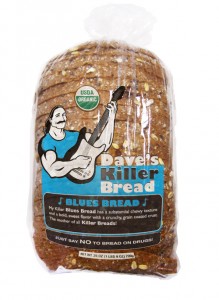
Today is day twelve of the June Food Stamp Challenge, and all is going well. My family has been enjoying very nice meals on our $101 per person per month food stamp budget. We've spent $142.78 so far, which includes stocking up on items that we'll be eating far into July. Our $404 budget tallies down to $13.47 per day. $13.47 x 11 = $148.17. So I'm $6.61 under budget.
I'm actually hoping to come in significantly under budget, but a fair amount of the money spent so far has been stocking up on items when they were super on sale, which is simply how I shop. (For example, I won't need to buy cereal, flour, sugar or tuna again for at least a month.)
Just yesterday I stopped at the Dave's Killer Bread "Breadquarters." I used the Groupon coupon that I bought last week, ($10 store credit for $5) and was able to buy six loaves of bread plus a package of buns for $7.20, ($12.20 total) which is a screaming good deal! This fantastic bread normally sells for $4.50 per loaf. It's organic, vegan and frankly -- addictive. And my freezer is now chock full of bready goodness!
However, this was a case where I could have gotten a better deal ($2.10 per loaf instead of $2.60) had bought a dozen loaves. And this made me think about how there are deals to be had if you can buy in bulk, but the initial cash outlay can be a deterrent to those on a tight budget. I was able to buy the bread for $1.74 per loaf, instead of $4.50. But if I didn't have the $12.20, then I would have had to either cough up the $4.50 or buy a cheaper, less nutritionally sound loaf. (Although . . . I wasn't able to buy the dozen loaves due to freezer space, not a monetary issue.)
I am at a point in my life where I don't have to think twice about having enough money to buy food for my family. If there's a great deal to be had, I can take advantage of it. Even if that means spending more money in the short term.
There are other ways in which my financial stability equips me to live less expensively. I have a computer and internet access at home, which allows me to print coupons, read money saving blogs and get daily e-mails from Groupon in the first place. (Although this was the first time I actually bought one.) I have a reliable car and can buy large amount of food at once, and can go across town to take advantage of different deals.
I also have a well paying job as an RN that allows me to work part-time, thus freeing up the time and energy to take the time to shop in the somewhat labor intensive manner that I do.
Those working full time but low wage jobs are going to have a much harder time freeing up the money or energy to take advantage of money saving opportunities.
A great book that takes an in-depth look at how those living in poverty have a hard time getting ahead is Barbara Ehrenreich's Nickel and Dimed: On Not Getting by in America. In this book, the author spent time working in various low wage jobs, and is a fascinating read.
Have you had a hard time getting ahead because you've been unable to take advantage of food deals? Please share your thoughts in the comments section below.
Katy Wolk-Stanley
"Use it up, wear it out, make it do or do without"

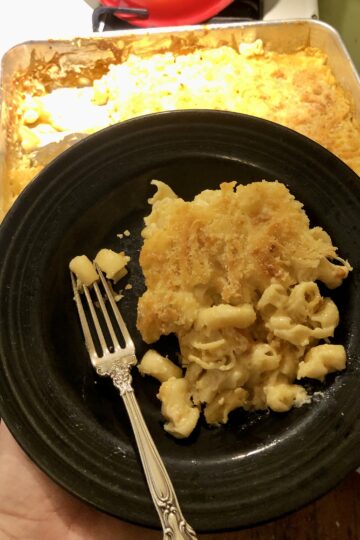
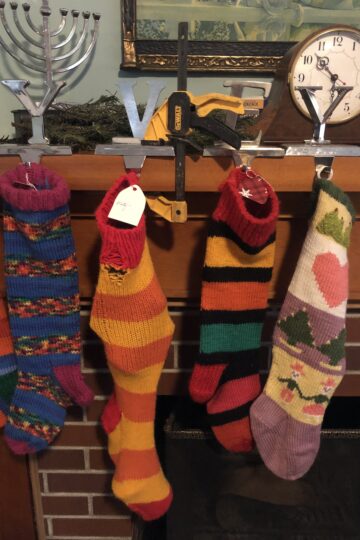
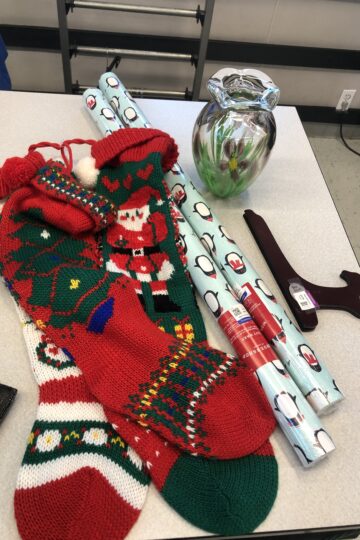
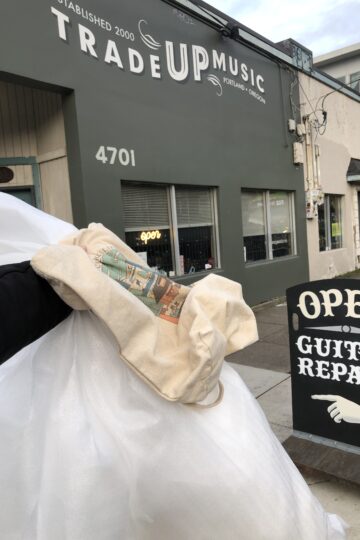
Just got home from Dave's bread; I also used the $10.00 Groupon; I bought 7 loaves of bread and 1 package of hamburger rolls for later in the month for $8.80 ($13.80 with the Groupon, also the first one I've ever purchased). It took a big chunk out of my remaining funds for the month, but with the girls home from school starting next week, we will need to have plenty of bread on hand, and you can't get better than Dave's. I also have limited freezer space, so bought only what I knew would fit.
I will second your recommendation of Nickel and Dimed. It's extremely eye-opening.
Laura,
We need to go together next time so we can take advantage of the dozen discount!
-Katy
Yes! I'll let you know when my supply is dwindling, or you can contact me! It would be a MAJOR savings. I still am impressed with how little I paid today for so much Dave's!
I've mentioned before how hard things were for us last year - real hand-to-mouth food supply, including foraging. (Too late for fiddleheads, a bad berry year,too.)
But we are in a financially stable situation right now, with a huge almost-empty freezer, so I expect that we will stock up soon, after I do the defrosting! It's much easier getting past the yummy displays in the grocery store if you know you have a good supply in the freezer at home.
I've thought about this issue often. It seems to me that often the places that you could go to get the great deals, at least in my town, and not terribly accessible to those who live in the poorer neighborhoods. Those parts of town have lots of overpriced convenience stores, but to get to the better supermarkets it would be a bus or taxi ride, thus making it not a great deal. Here in the suburban area I live in I have 8 supermarkets to choose from, which includes a Sam's Club and an Aldi. Seems a tad bit unfair.
Shannon, I agree with your comment. One of the poorest neighborhoods of Montreal, Hochelaga-Maisonneuve, has very few grocery stores, but there are convenience stores on every corner. Happily a week-end small farmers market is in it's second year of operation, bringing fresh produce to the community.
Food deserts would be an interesting topic for you to explore in this challenge. How do people access food when not even a single grocery store is open in their town? How do people make healthy choices when fresh produce isn't sold locally? It's scary to think that this happens in the wealthiest nation in the world.
Interestingly, I've been more able to take advantage of bulk deals since starting on SNAP. I was really budgeted down to the penny, and often overdrew my bank account, before going on SNAP. Since I can usually feed my family on about $300/month, I have an extra $86 to spend on stocking up, adding the occasional treat, or buying organic meat. We have a nicely stocked pantry and extra freezer now, and that is a huge relief.
Yes, Barbara Ehrenreich's books and columns are compassionate, well-written and eye opening. I got hooked on her by reading Nickeled and Dimed and have looked for her work ever since. She is an American treasure.
I think the point about mobility made by Shannon and Shared Quarter is a great one. Being mobile is essential to getting better food for better prices. Yet another inequity to life in "wealthy" countries.
Barbara Ehrenreich's book is well worth reading. It has also been turned into a play. My daughter saw it at North Dakota State University this year and said it was powerful. If you have a chance, check it out as live theatre. As to food deserts, they are real. When we lived in ND access to food was an issue for those people without reliable transportation and gas money. Establishing grocery co-ops and working with local farmers is one way to help with this deficit, especially now that SNAP funds are able to be used at farmers' markets.
I live in a big city but on a poor side of town. For the first 20 years of married life I had to drive 10 to 20 miles to get to a good store. If I didn't have a car I could go to one of three convenience store or a dirty stinky small grocery. About 10 years ago wal-mart built less than 1 mile away. Then other stores came along with a couple of banks and they are always busy because its the only place around. We were happy to finally have access to a close shopping. I will still drive sometimes and because of never having close shopping I don't stop for junk food, they built also. But it is nice to have a choice close by.
Oh and across town there is a store or bank on every corner.